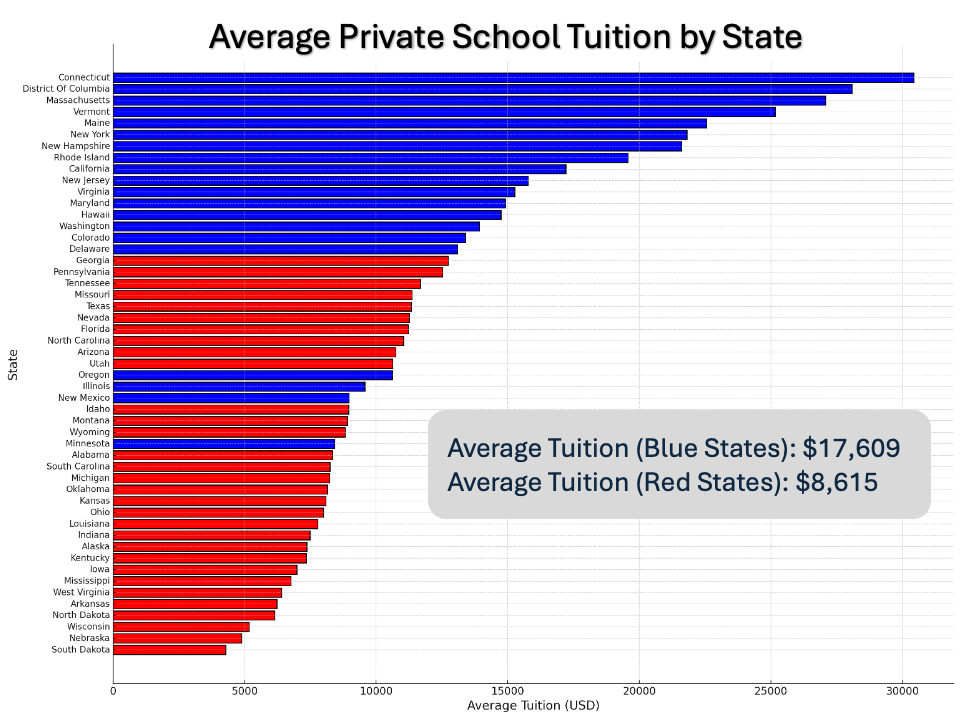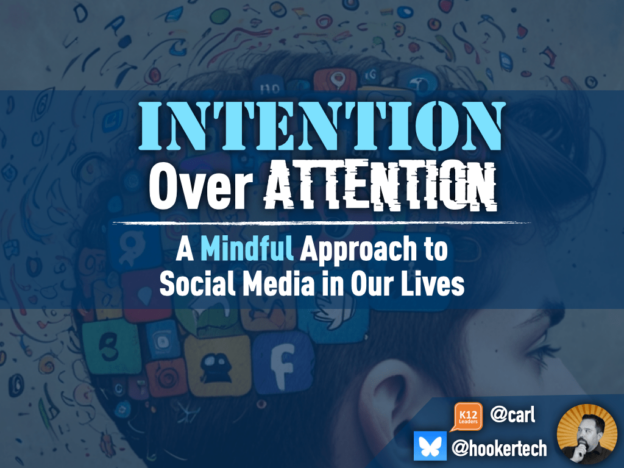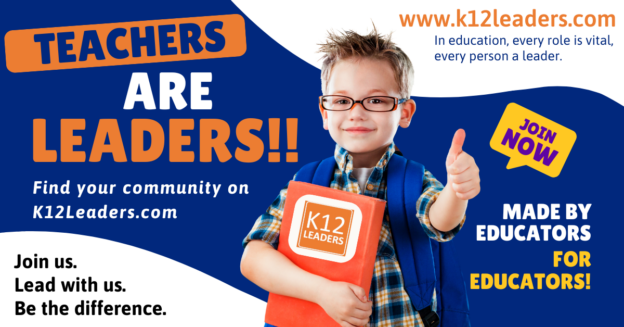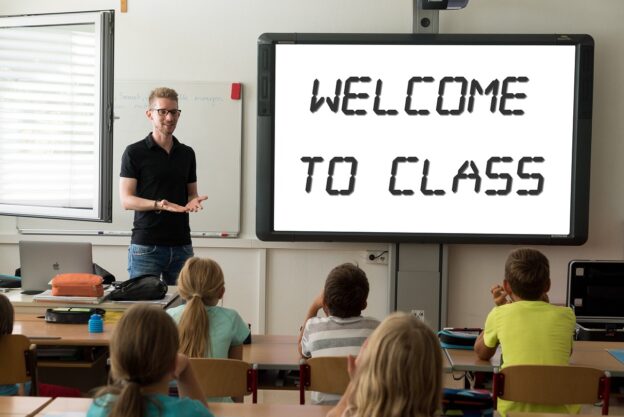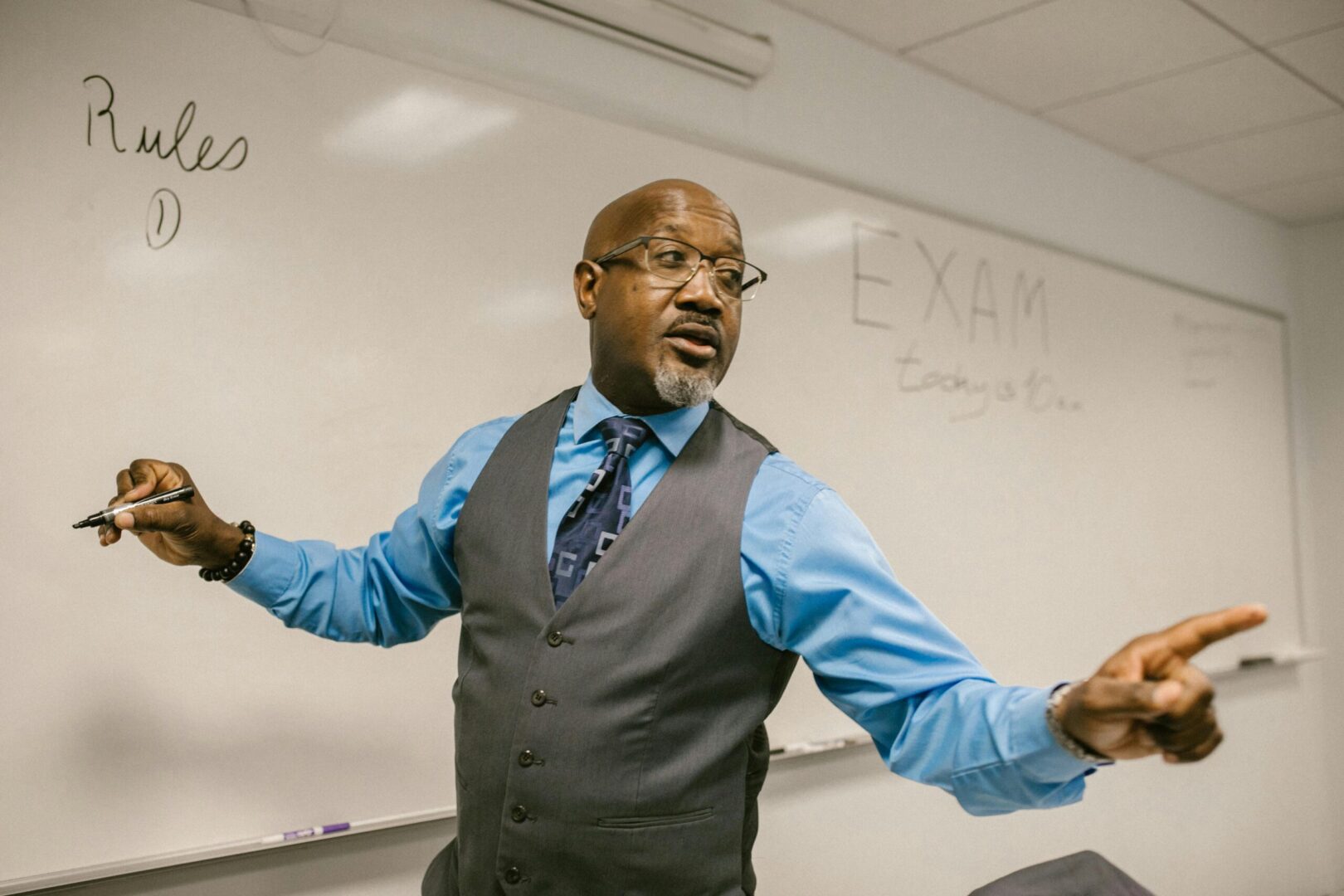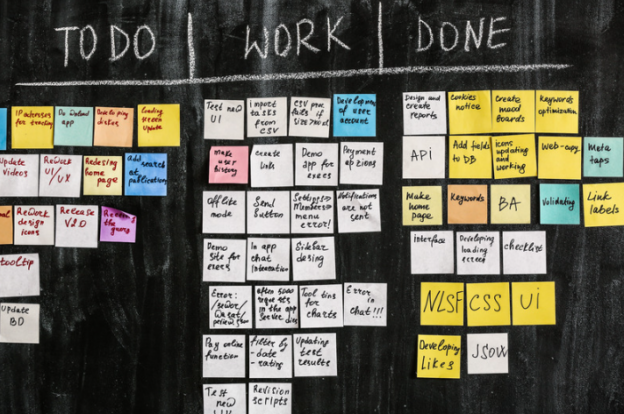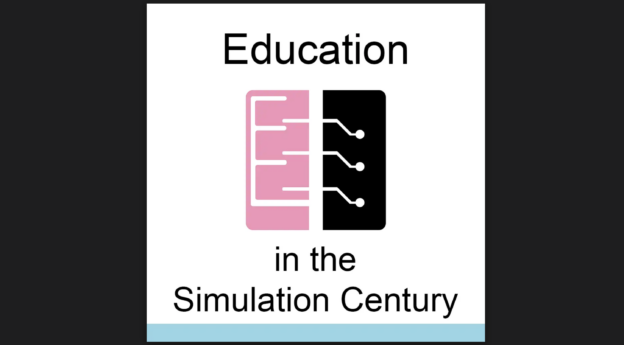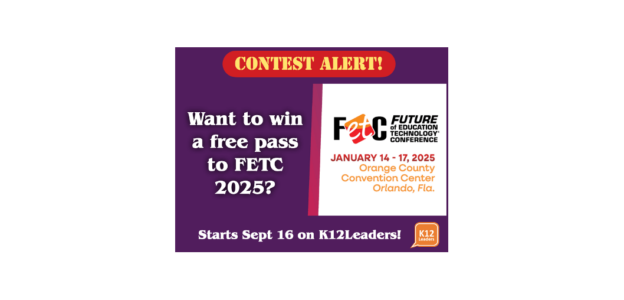Over this past week, millions have flocked from Twitter/X to BlueSky. As I look at many of the first time posters on that platform I saw many of the same messages:
“This is what Twitter used to be like”
“I like the lack of algorithms here”
“This feels like a less toxic space”
For a variety of reasons, educators are leaving the former blue bird to join the blue butterfly and other platforms. Exactly two years ago today, I wrote this post about what happens if Twitter dies and where will people go. I’ve also spent the last two months working on a new book that dives deeper into world Jonathan Haidt calls The Anxious Generation . Add to that, the timing of the other work I’ve been doing that started back in 2022. Working with a team of educators, we built a new social platform called K12Leaders, not necessarily as an alternative to “TwiX” as I call it, but as a safe space for educators to engage in meaningful conversations and to find their own community. It’s funny how timing and momentum work.
With the flood of people joining BlueSky and K12Leaders, I have been reflecting on what purpose social media serves in our lives. This grand experiment began before the invention of Facebook in 2004, but it was really Facebook and subsequently Twitter in 2007 that made social media the powerhouse it is today. Couple that with the proliferation of the mobile phone (the first iPhone debuted in early 2007), and you have the timing for a perfect storm of new media driven by the everyday people you choose to follow.
Somewhere along the way, these upstart companies along with Instagram, SnapChat and TikTok, figured out that in order to make money, they really need to make sure they capture and hold our attention. Hence the “attention economy” was born. The magical AI algorithms went to work and they began to both listen and learn from where we focus our attention. Social media has turned into a place where people AND machine influence what we look at.
Time for a Social Media Purge
All of this affects our mental health in one way or another. For me personally, I found that I was spending and inordinate amount of time on Facebook and TwiX. Not necessarily interacting with family, friends and colleagues, but endlessly scrolling through videos about poker, politics, and Pickleball. I was spending hours each week watching nonsense and actually felt WORSE after I was done (along with the guilt over the time I wasted).
So I decided to enact a 3-phase approach to slowly get back my time and attention:
Phase 1 –
First, I turned off all notification alerts for both platforms. That little red number in the corner of the app was calling to my attention as much as the thump on my Apple Watch every time someone commented on something. Did I really need to know what someone said at that moment? No.
Phase 2 –
After a couple of months went by, I realized I was still finding myself checking the app just to see if someone posted, commented or liked something interesting. Quickly, I would be drawn into the time-suck of endless scrolling. So, for phase two, I decided to delete the app from my home screen. I didn’t delete the application from my phone, but I couldn’t see it anymore. I could still search for it if I needed to, but now it was out of sight and hopefully out of mind.
Phase 3 –
Recently, I’ve been playing a game with my teenage daughters. We check our phones screen times to see how many daily “pick-ups” we had that week and what were the top apps that garnered our attention. The average teenager picks up their phone 1500 times a week to check on something so I wanted to see how often they were checking their phones and why. Not surprisingly, social media were the top reasons, but when I looked at my phone, I was shocked. I was picking up my phone an average of 130 times a day and Facebook was one of the top reasons why. That means, even though I no longer had it on my screen and notifications were turned off, I was still searching for it and spending time on it. It was time to enact phase three and completely remove it from my phone. The graphic below is what my pick-ups look like now:
Avoiding the Teacher’s Lounge
I’m not a psychologist and I don’t even play one on TV, but I can speak to my own mental health and how I feel when it comes to interacting with various social platforms. Facebook turned into a time-suck and with the recent presidential election, also a very negative place. When I was a classroom teacher, I used to eat my lunch in the teacher’s lounge at the school. Over time I noticed that generally the lounge was a place where teachers could vent about their students, their parents, or their colleagues. I think some venting isn’t a bad thing, but as someone who considers himself a pretty positive person, it made me feel more and more negative. I would leave the lounge feeling worse than when I got there. After my second year of teaching, I made a decision to not eat lunch in there ever again.
Facebook and TwiX have turned into that negative teacher’s lounge for me.
Attention vs. Intention
We only have a limited amount of time on this planet. We all die at some point, that’s the reality of life. As I was doing some back-of-the-napkin math about my hours spent scrolling funny short videos, I had a major realization. I was spending almost 1.5 hours a day binging mindless entertainment. If you add up all that time, it comes out to just over 3 weeks each year spent just scrolling. While I get some joy out of watching cooking videos or fun places to visit, I think it’s safe to say I needed to reduce that time. My goal at the start of this school year was to reduce that by at least a half an hour each day, earning me back a week of time every year to do something more productive or joyful.
So far, I’ve exceeded my goals and actually feel better as a result. More time walking the dog, playing cribbage with my wife, or listening to music with my kids. More time to enjoy what being human means. My battle between my attention and social media needed to have some better ground rules. I needed to be in charge of where, who and what garners my attention going forward.
In essence, I needed to put INTENTION ahead of my ATTENTION when it comes to social media. I still check Facebook on the browser of my computer when I feel the need and admittedly, on occasion, I’ll find myself searching for it on my phone like a long lost cousin. Overall, the change has been extremely beneficial to my mental health but does come with some headaches as friends will share posts with me that I can’t see on my phone. When that happens, I go to my computer when I have a moment to check on what was sent. But it doesn’t feel like a priority like when it was on my phone.
All this said, I had one final challenge that I needed to overcome. I got on Twitter in early 2009 and spent the last 15 years building a community, making connections, and learning from others on there. The last few months, I’ve not found that joy that I once did from being on the platform. The algorithms seemed to be more out of whack then ever (likely the Elon-effect). So last night, I skipped my 3-phase approach and headed straight to the exit. Here’s the video (turn up the sound) that I, ironically posted on Instagram/TikTok:
Next Steps
I haven’t completely abandoned those platforms but will spend the next several months focusing on putting my intention over things that want my attention. I’m going to make time to reflect on how I feel when I interact with certain platforms (Instagram and TikTok…you are on notice!) Before I go to a social platform, I’m going to make sure it is for a purpose, not for a distraction.
This isn’t a panacea or one-size-fits-all approach. It’s a one-size-fits-Carl approach. If you are someone that connects with what I’ve posted here, I hope you’ll join me on this journey and share as well. I’ll be spending my time with intention on K12Leaders (@carl is my handle) and BlueSky (@hookertech). Connect with me there and let’s start this grand experiment over. But this time, let’s try and get it right. 🙂
Posted by: Carl Hooker


